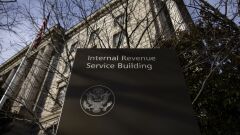Democrats in Congress continue their efforts to find sufficient support among their members to enact the Build Back Better legislation under budget reconciliation. With narrow majorities in both the House and Senate, passage requires the support of every Democratic member of the Senate and almost every Democratic member of the House.
The Build Back Better bill is being referred to as the human infrastructure bill, and the House
Obviously, in moving from a $3.5 trillion bill to a $1.75 trillion bill, a lot has now been dropped from the legislation. Although further changes are anticipated, it seems very likely that the legislation will continue to stay much closer to the $1.75 trillion figure. This column will highlight what's currently still in, and what was taken out of, the latest framework.








